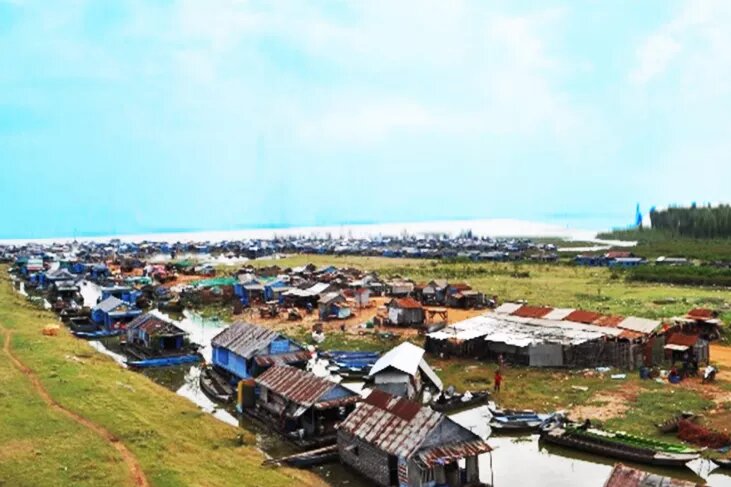
Located in Southeast Asia with a population of 15.14 million (NIS, 2013), Cambodia has ratified variety of conventions to help improving national development. Cambodia is a state party to the 1951 Convention relating to the Status of Refugees and the 1967 Protocol and ratified on 15 Oct 1992, but did not ratify the 1954 Convention relating to the Status of Stateless Persons and to the 1961 Convention on the Reduction of Statelessness. Statelessness is an issue that persists in the country and it’s also a part of the world. However, Cambodia has to play important role to prevent and reduce stateless person and protect their right through various mechanism. In the last decade, stateless persons in the country remain a significant issue. It’s one of many concerns that need overcome in the next future.
Stateless persons including Vietnamese and Khmer Krom who are living in the country have been considered as one of the many persisting challenges in Cambodia society. As one of the many developing countries in South East Asia, Cambodia is acutely met with the complexity of the issue; Statelessness in Cambodia has been a matter of significant concerns for the last decade. It’s become a political agenda for political parties in the country. Especially, the ethnic Vietnamese in Cambodia is one of the minority groups most at risk of statelessness while the Khmer Krom has the same situation.
At the present, the exact number of stateless people is not known, but UNHCR estimates that there are at least 10 million globally situated in all regions of the world. Approximately one third of these are children. Otherwise, the statistics reveals that there were 1.4 million stateless persons or persons at risk of statelessness in Asia and included Vietnam (11,500) but exact number of stateless persons in Cambodia was unknown or not addressed. The statelessness of these persons leaves them socially disadvantaged in being unable to economic rights and entitlements afforded to those with a nationality. Hence, this research greatly felt the need to investigate such situation in the country, what disadvantages to the stateless persons, and what interventions have been undertaken by both government and non-government organizations in Cambodia to address this issue. It is therefore for these reasons that this study was conducted.
For full reading of this article, please click here to download the PDF file.